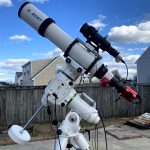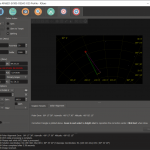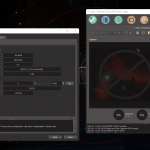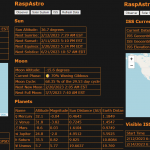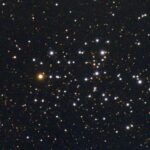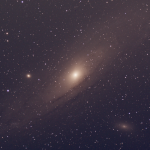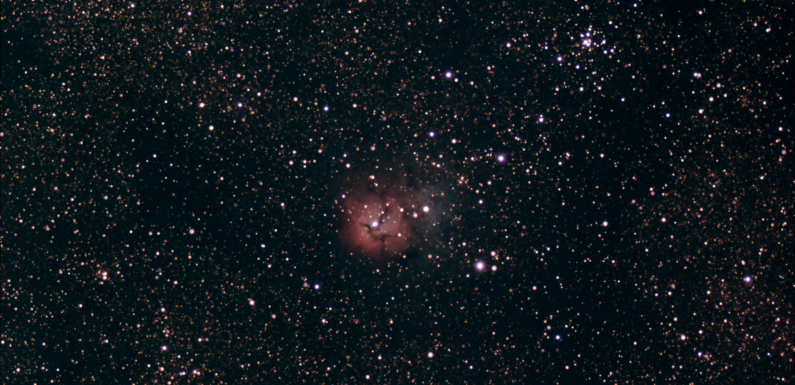
A warm, humid, clear night. Temperatures in the mid-70’s and lots of mosquitos. If it was not for EAA I probably would have been eaten alive. I started out the night with not much of a plan, but I did want to observer some of the Messier objects in Sagittarius and the surrounding constellations. I just kind of looked around for a bit observing some different galaxies and open clusters until Sagittarius was high enough in the SE sky. I ended with 11 more objects to add to my Messier Log.
I uncovered the scope and set up my gear in the late afternoon and waited for dark. I did a visual polar alignment and then focused the scope. I am still just reusing my flats and darks from a few sessions ago, I really need to shoot some updated ones. Early on I had some issues with the PC in my office where I observe, but a reboot sorted that out. I have the temperature set to -10 C on the ZWO ASI294MC Pro and that seems to work well, no hot pixels that I could see (or not enough to really make a difference. Plate solving is calculating the focal length to 569.5mm (F/5.6) so the spacing from the focal reducer to the camera sensor is pretty dead on.
These EAA images were capture with my ZWO ASI294MC Pro through my SVBONY SV503 102ED scope with 0.8 Focal Reducer and live stacked using SharpCap Pro. The mount and cameras are remotely controlled with KStars/Ekos/INDI running on an Astroberry Raspberry Pi. The images have been resized and cropped for file size but otherwise appear just as I observed them.
M3 a globular cluster of stars in the constellation Canes Venatici. Testing things out on M3 to make sure everything is working as expected. This is a live stack of 30 x 10 second exposures at 121 gain, bin 2×2.
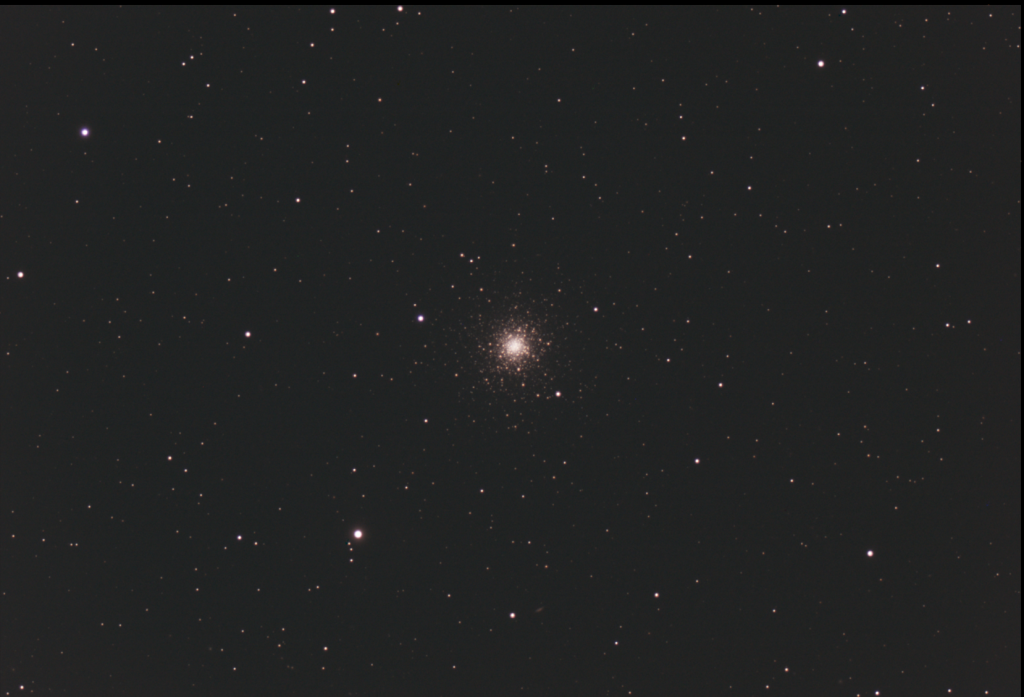
All systems go!
NGC 4565, the Needle Galaxy, an edge on spiral galaxy in the constellation Coma Berenices.
This is a live stack of 40 x 15 second exposures at 121 gain, bin 2×2.
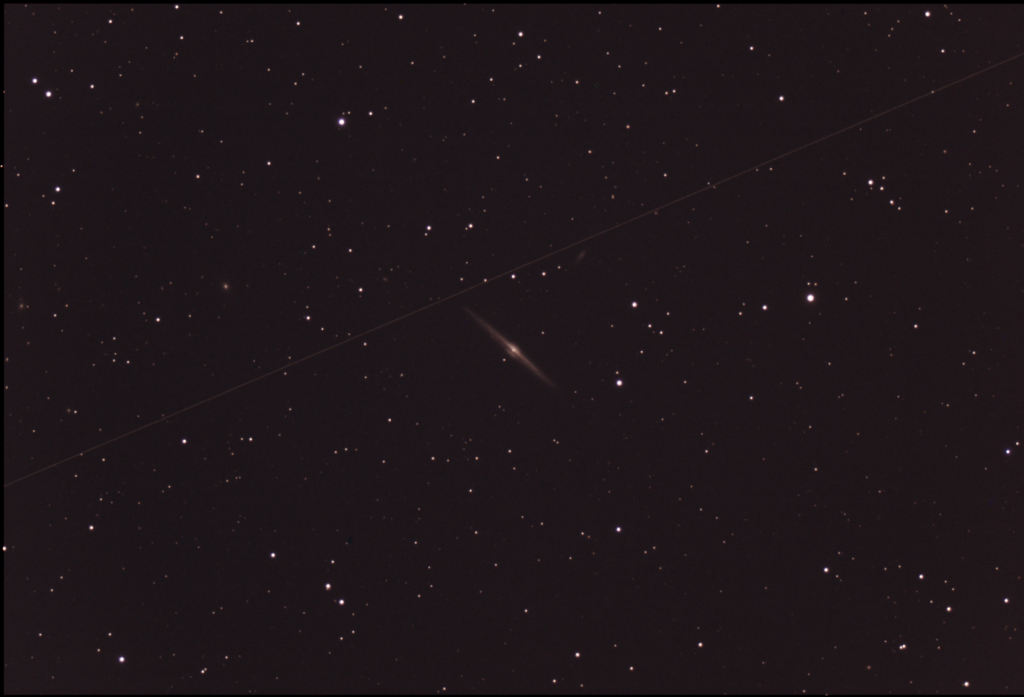
The satellite buzzed by at around 7 minutes in.
NGC 4274 a barred spiral galaxy located in the constellation Coma Berenices.
This is a live stack of 39 x 15 second exposures at 121 gain, bin 2×2. One exposure would not stack for some reason.
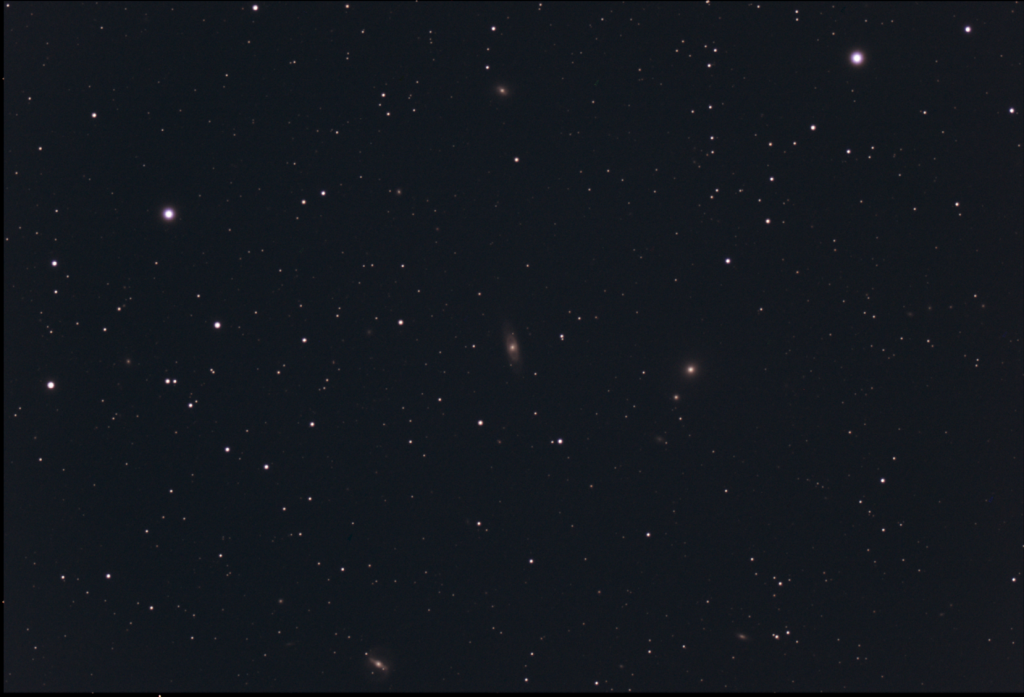
There are a couple of other galaxies in the FOV, the one I found most interesting is NGC 4314, which is near the bottom edge just left of center. I’ll be back to put that one in the center of the FOV in the near future.
NGC 4395 a spiral galaxy in the constellation Canes Venatici.
This is a live stack of 20 x 15 second exposures, 20 x 18 second exposures, and 20 x 20 second exposures at 121 gain, bin 2×2.
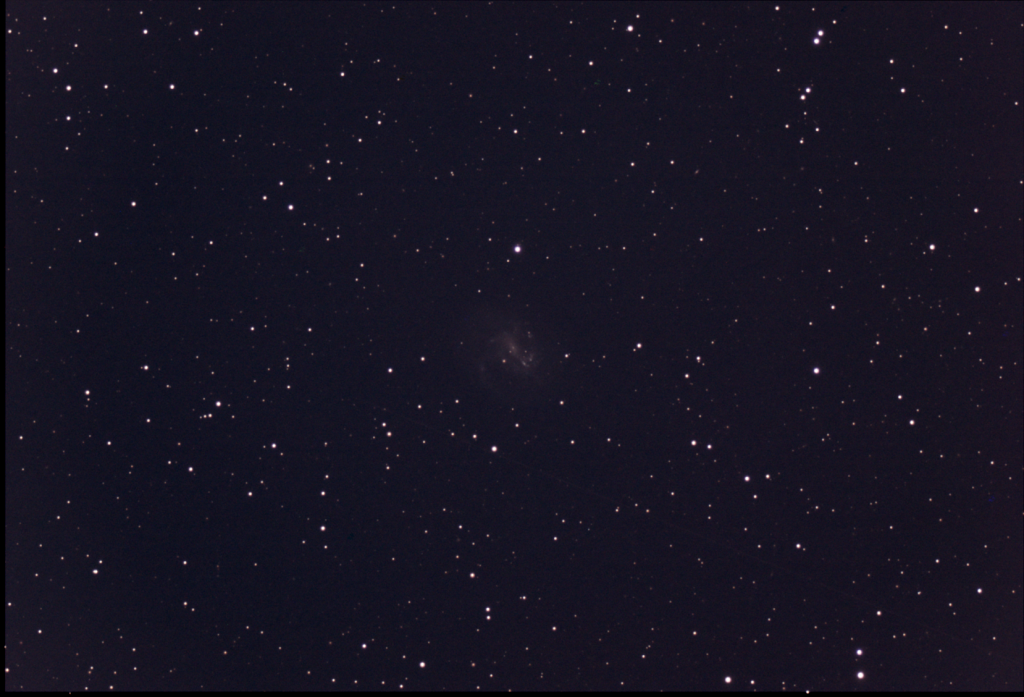
It is faint but it is still one of my favorite observations of the night.
NGC 6688 is a lenticular galaxy in the constellation Lyra.
This is a live stack of 20 x 20 second exposures at 121 gain, bin 2×2.
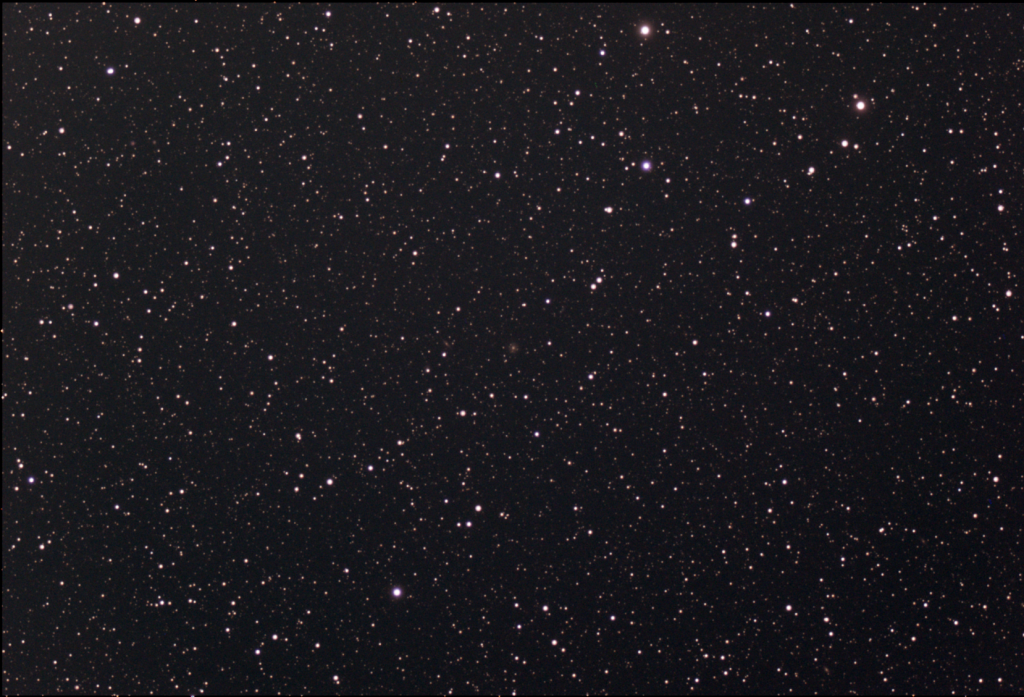
NGC 6688 is dead center of the FOV. It is very faint and very small, but it is there just ~272 million light years away.
IC 4665 is an open cluster in the constellation Ophiuchus.
This is a live stack of 30 x 10 second exposures at 121 gain, bin 2×2.
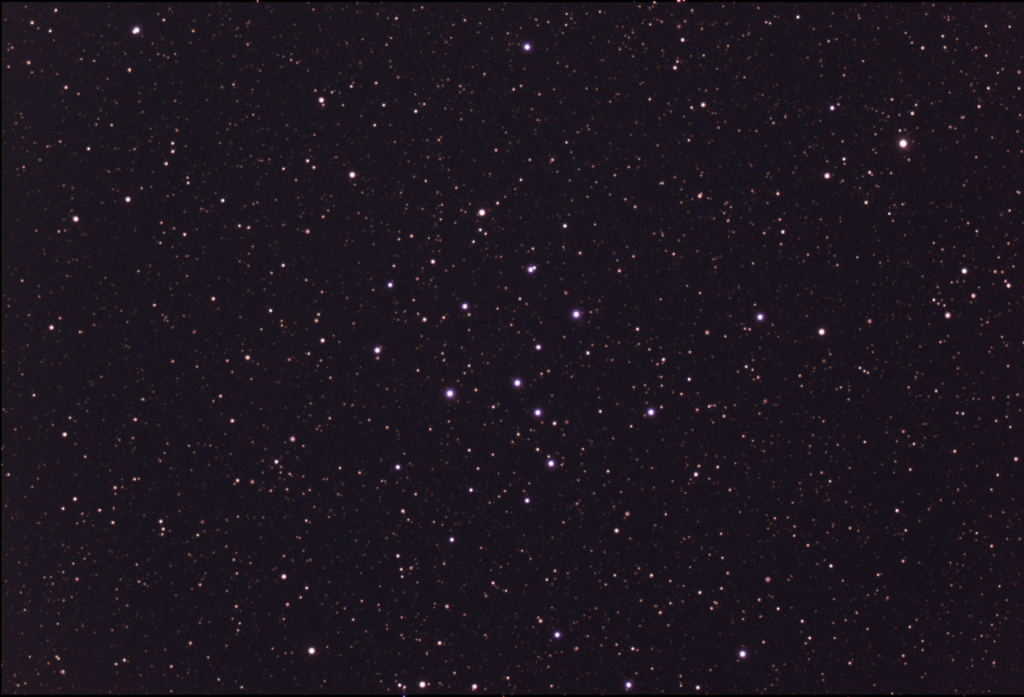
At around 11:00 PM Sagittarius and the area around it was above the trees and garage.
M16, the Eagle Nebula, an open cluster of stars in the constellation Serpens.
This is a live stack of 40 x 15 second exposures at 121 gain, bin 2×2.
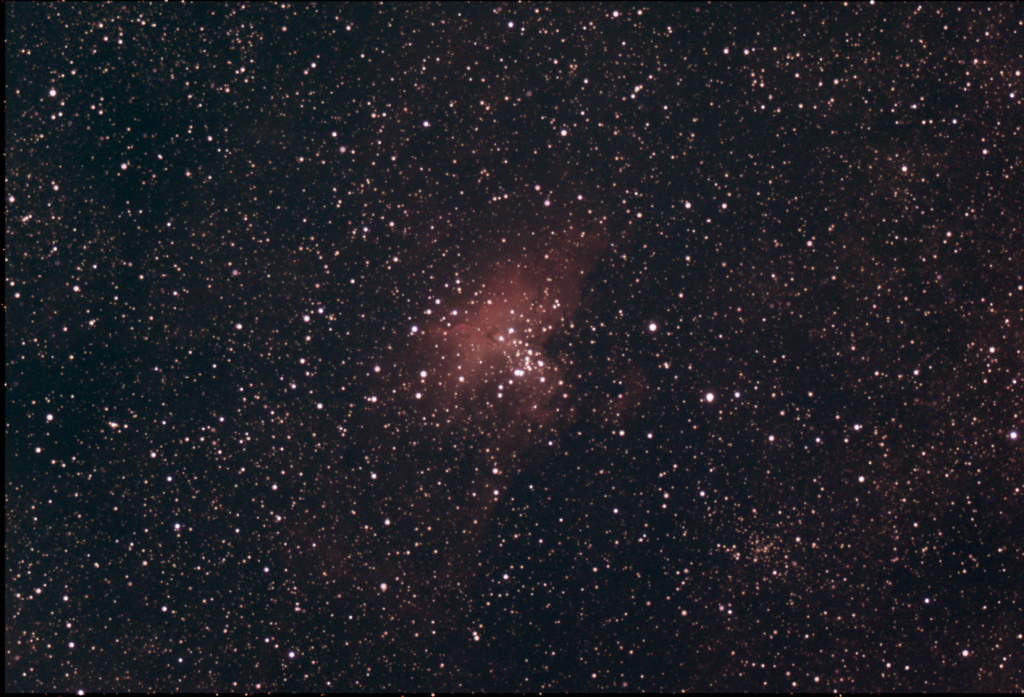
Can definitely resolve the “Pillars of Creation.” It’s like having the Hubble in my backyard 🙂
M23 an open cluster in the constellation of Sagittarius.
This is a live stack of 30 x 10 second exposures at 121 gain, bin 2×2.
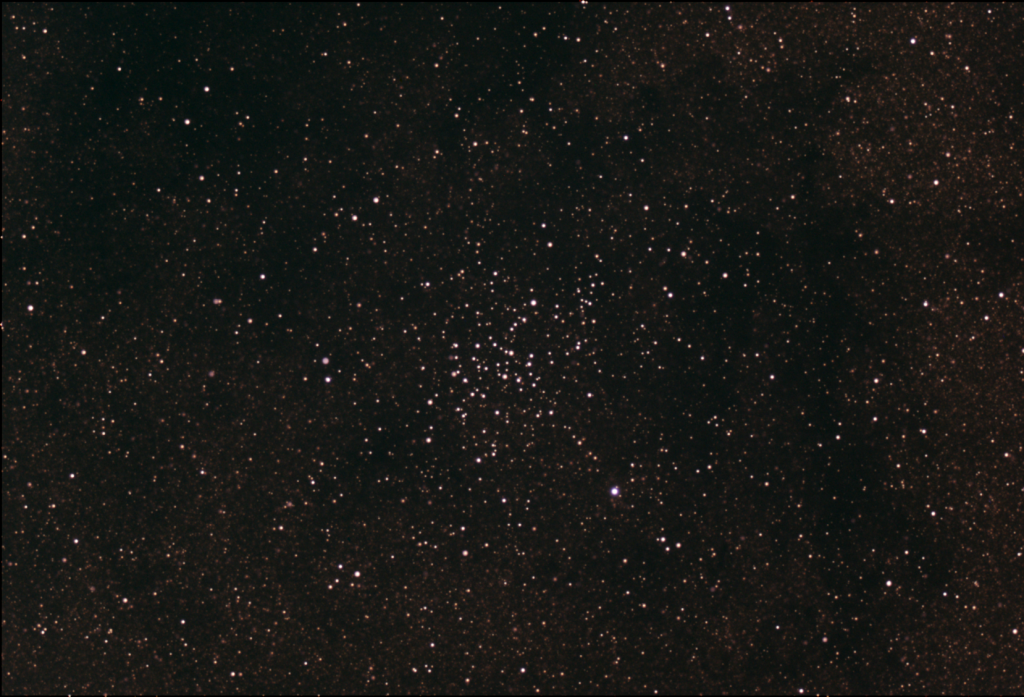
Midnight so now we are into Sunday, 05/29/2022.
M17, the Omega Nebula or the Swan Nebula, in the constellation Sagittarius.
This is a live stack of 40 x 15 second exposures at 121 gain, bin 2×2.
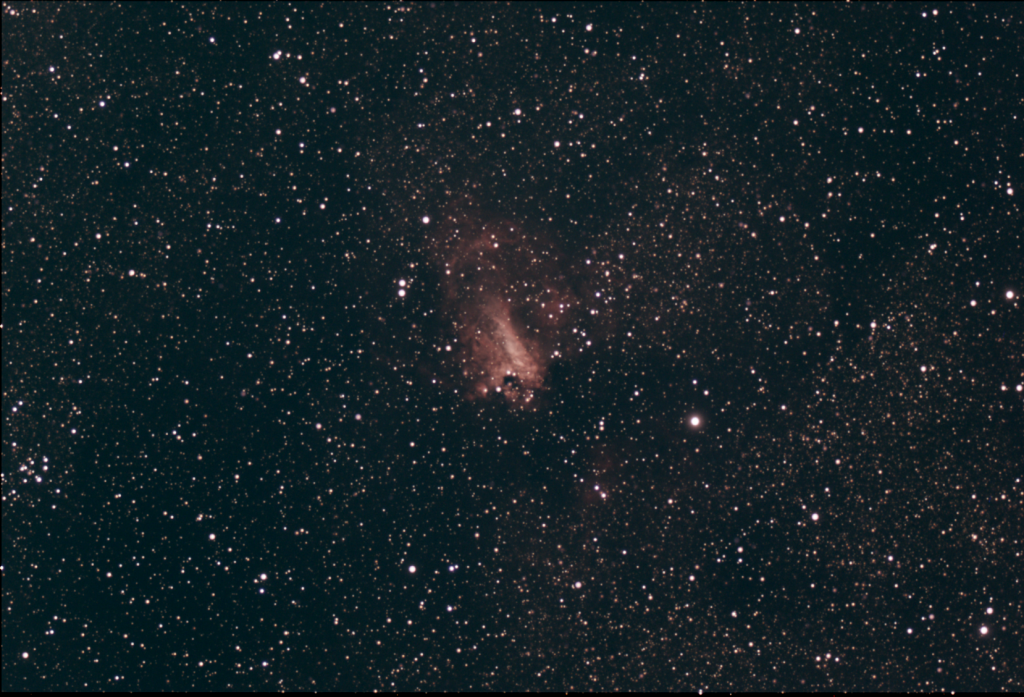
M18 an open cluster of stars in the constellation Sagittarius.
This is a live stack of 30 x 10 second exposures at 121 gain, bin 2×2.
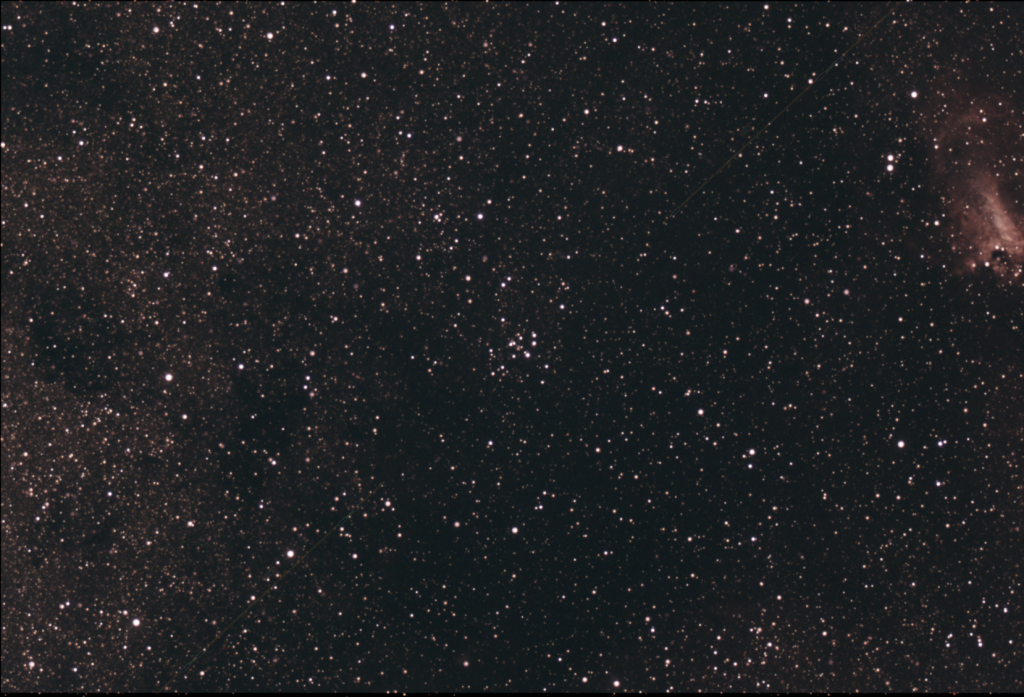
M19 a globular cluster in the constellation Ophiuchus.
This is a live stack of 30 x 10 second exposures at 121 gain, bin 2×2.
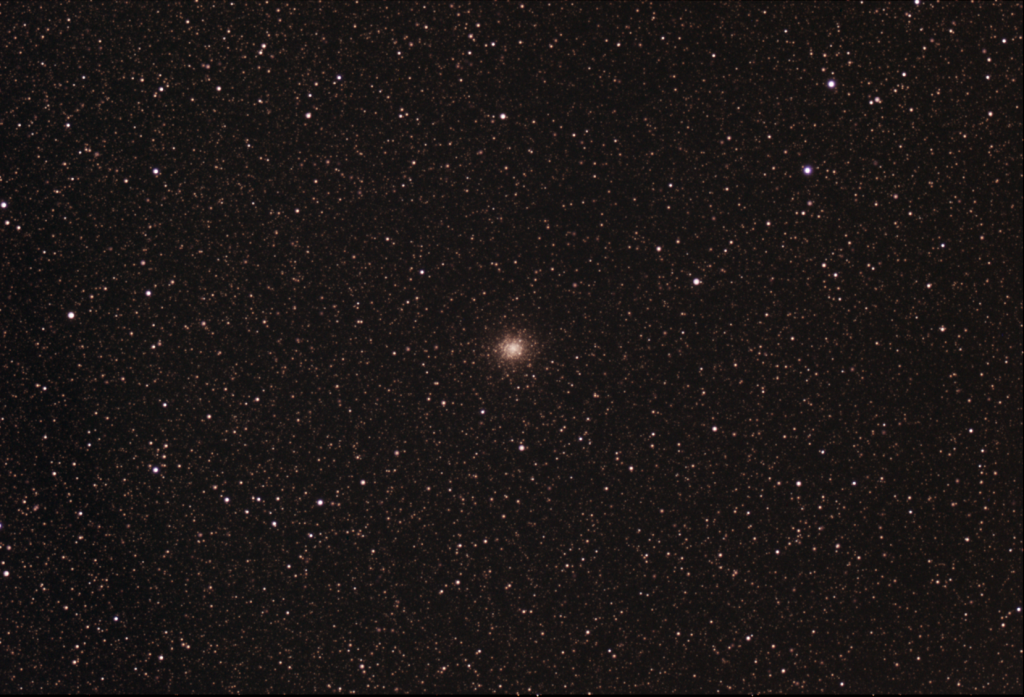
M20, the Trifid Nebula, and the open cluster M21 in the constellation of Sagittarius.
This is a live stack of 40 x 15 second exposures at 121 gain, bin 2×2.
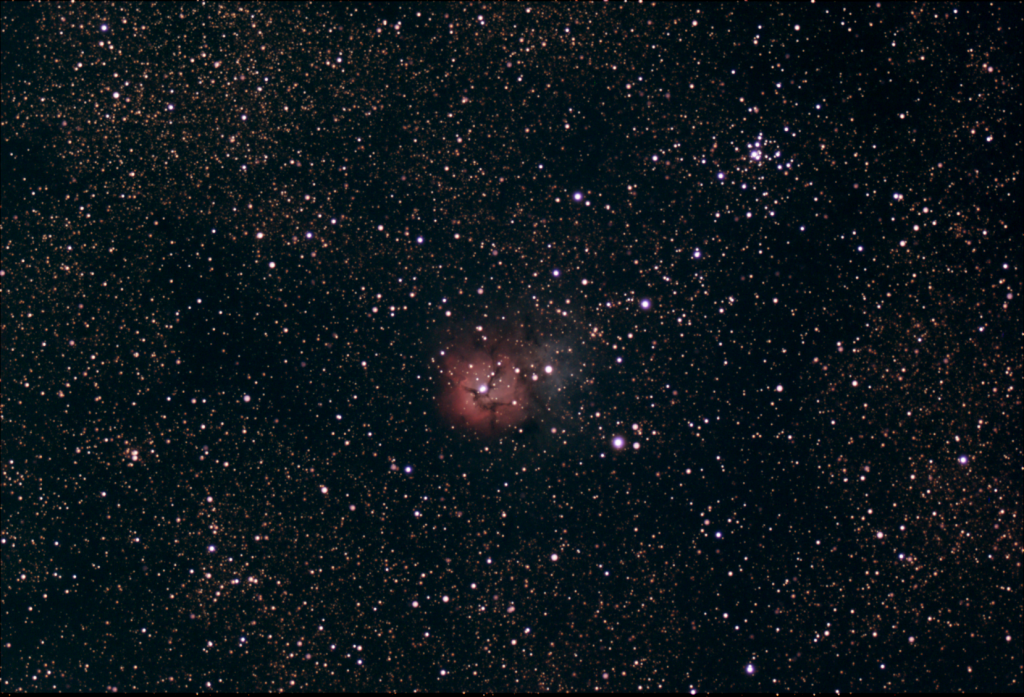
M21 is the bright cluster of stars in the top right field of this EAA capture.
M22 an elliptical globular cluster in the constellation Sagittarius.
This is a live stack of 30 x 10 second exposures at 121 gain, bin 2×2.
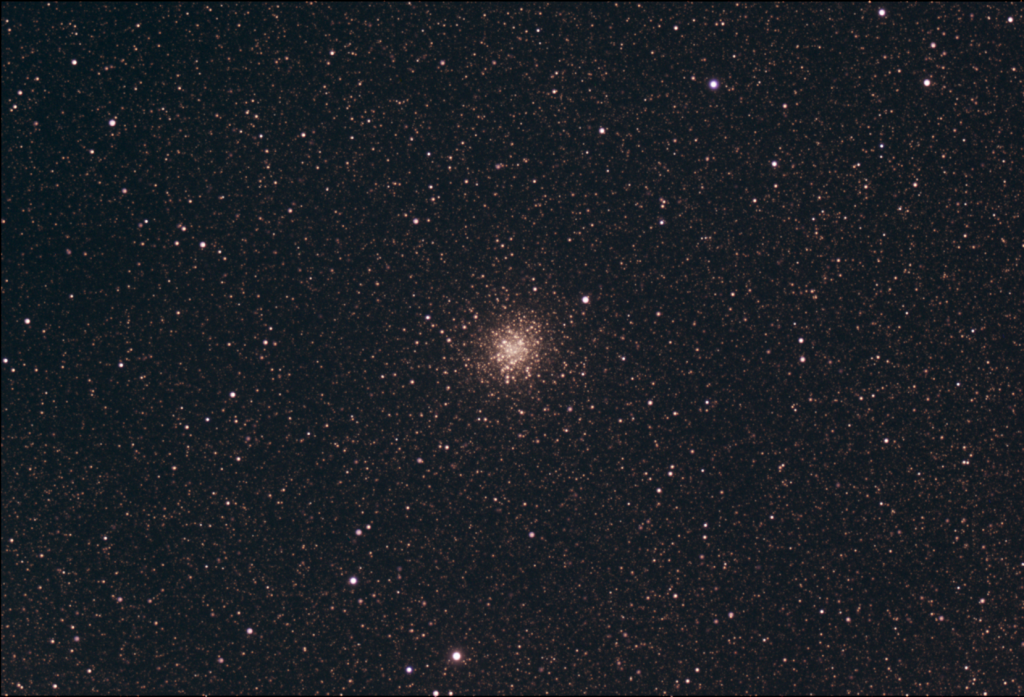
M24, Small Sagittarius Star Cloud, in the constellation of Sagittarius.
This is a live stack of 40 x 15 second exposures at 121 gain, bin 2×2.
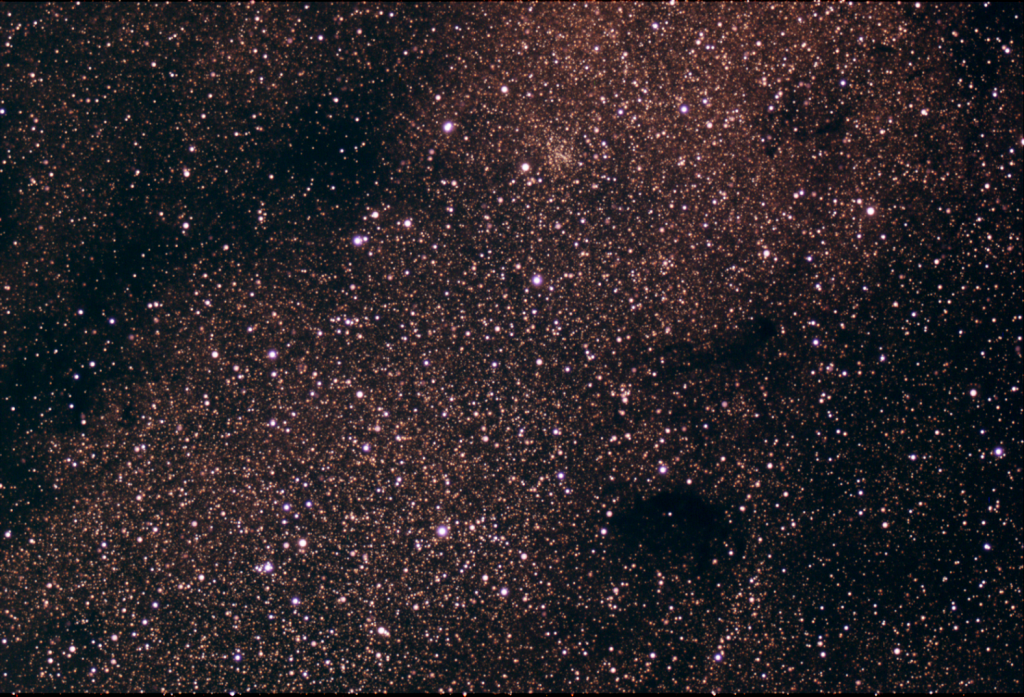
NGC 6603 is an open cluster in the FOV to the top center. NGC 6603 is often mistakenly identified as M24, when M24 is actually the whole star cloud.
M25 an open cluster in the constellation of Sagittarius
This is a live stack of 30 x 10 second exposures at 121 gain, bin 2×2.
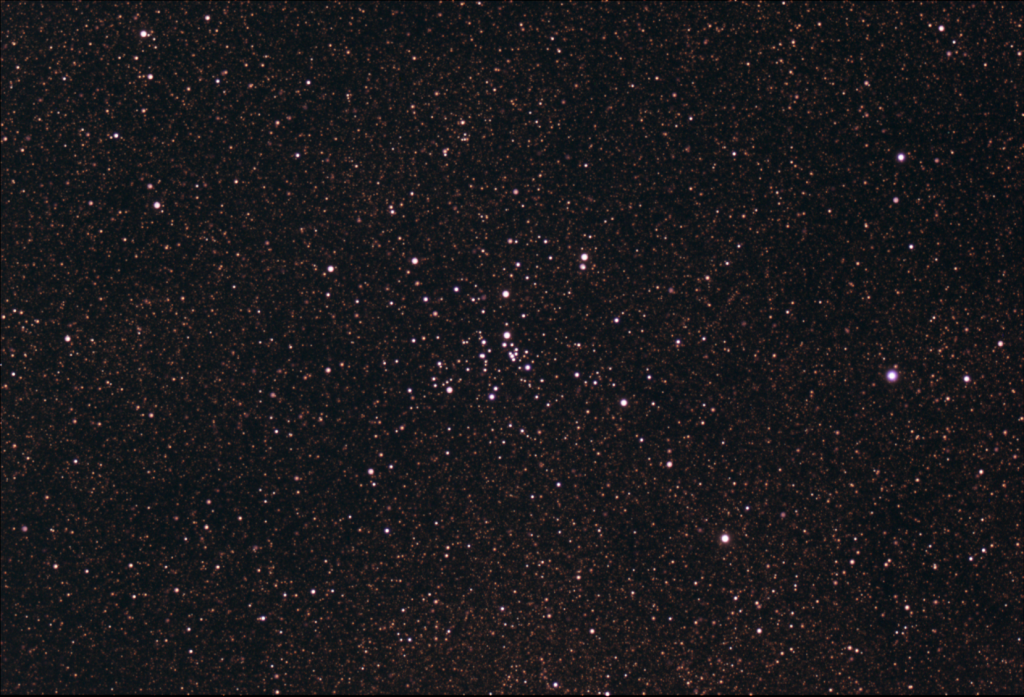
M11, the Wild Duck Cluster, an open cluster in the constellation Scutum.
This is a live stack of 30 x 10 second exposures at 121 gain, bin 2×2.
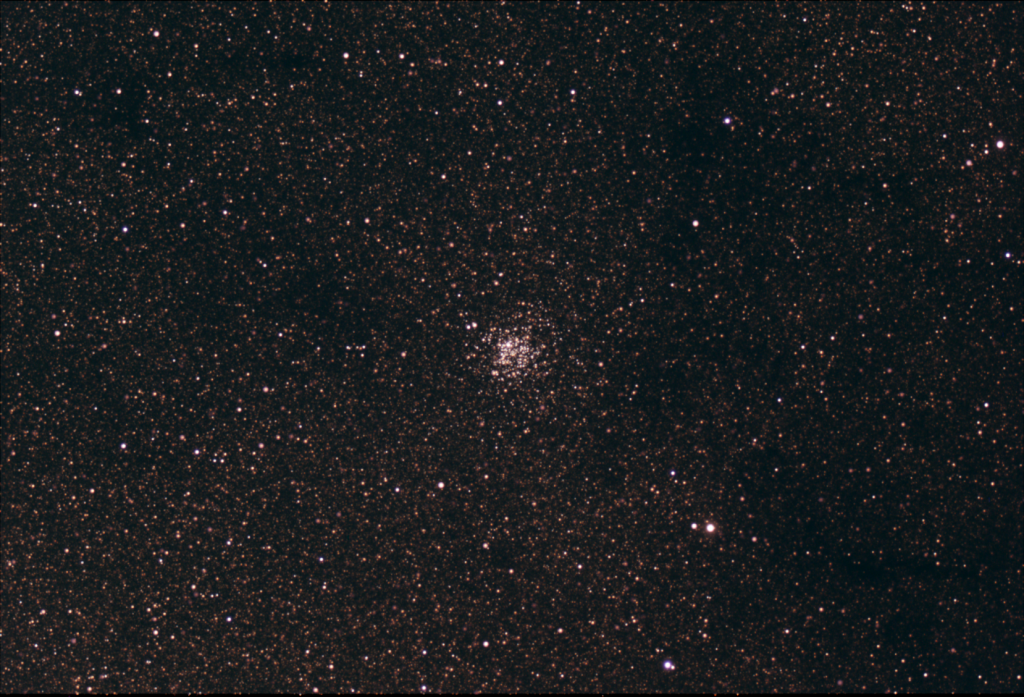
Went out to pack up the gear around 1:30 AM on 05/29/2022. There was a thin coat of moisture on almost everything. The dew heaters had kept the glass on the scope nice and dry. Was a great night for some EAA observing for sure.
I am off on Monday and it is suppose to be clear tonight so I’ll probably try to pick up the rest of the Messiers in and around Sagittarius for the Messier Log.


